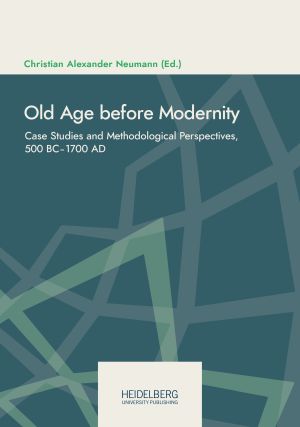Zitationsvorschlag
Lizenz (Kapitel)

Dieses Werk steht unter der Lizenz Creative Commons Namensnennung - Nicht-kommerziell - Keine Bearbeitungen 4.0 International.
Identifier (Buch)
Veröffentlicht
The Life Cycle. Age from the Perspective of Human Osteoarchaeology
Abstract During the life course, the human body experiences a series of significant changes that are part of the individual maturation cycle. The processes of growing and ageing, as well as diet, diseases, climate, and activities have distinct impacts on the skeleton – the marks of which are still visible after death. The discipline of osteoarchaeology aims to analyse the developmental signs ‘imprinted’ in the human bones of past populations in order to reconstruct the biological profile and lifestyle of individuals and groups. A fundamental component of this reconstruction is the age-at-death assessment: it is a focal point for the study of identities and paleodemography, and contributes to the understanding of funeral rites, life conditions and perception of age. The primary purpose of this paper is to explore the main techniques for the estimation of the age-at-death, based on the evaluation of the physiological changes that normally occur in certain areas of the human skeleton, and to outline how the results of such analyses could be linked to findings of the humanities to contribute to a fuller investigation of the life cycle.






